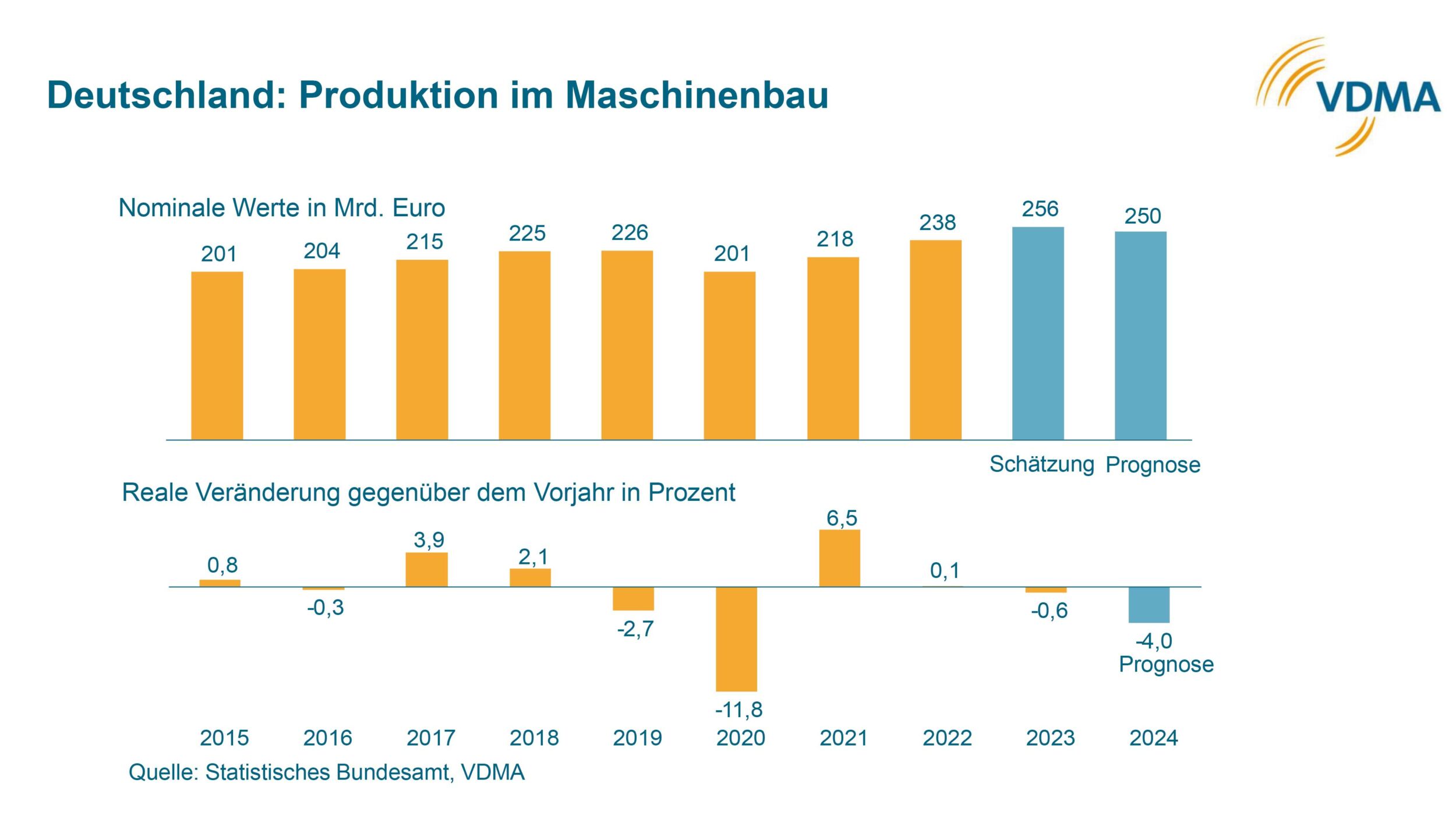
Hyperspectral Imaging (HSI) is around for quite some years and for the technical minded audience its potential is quite obvious and breathtaking. ´Every Pixel is a Spectrometer´ replaces expensive and slow lab equipment and allows instant in-line analysis of material flows instead of at-line or off-line analysis. The potential benefits have been well described for material sensing, food quality, sorting / recycling, medical diagnostics, ….. but more on an experimental level, as a proof of concept. Despite some organic growth of HSI suppliers, we can´t speak of mass deployment yet in any of these fields. Most articles still are on a conceptual basis.

Stuck in a niche
Most Suppliers of HSI Cameras are in the market for over ten years and still in single digit M€ revenue, some of them are not profitable. Out of ca. 15 manufacturers of Hyperspectral Cameras or systems in Europe:
- nine are older than ten years and still between 2 and 7M€ sales. They are not start-ups anymore but lack steep growth and critical mass to invest in sales globally.
- three are recent start-ups, some of them with breathtaking venture capital backup.
- only one company has sales of significantly above 20M€
The european machine vision market is known to be in consolidation mode. However, the initial hype about hyperspectral imaging turned into skepticism and investors are getting careful. Most sales that we are seeing today are single unit sales to scientific and research labs or military use. Their main motivation is the acquisition of knowledge, methods and insight. Users think pretty much like the suppliers of HSI equipment – deeply technical. The potential to scale is very limited. Those few machine builders (OEMs) using HSI in their machines are clearly positioned on the high-end and high-price segment, not (yet) addressing the majority market segments. Just a few industrial apps and serial deliveries are established in recycling of plastic waste or for sorting organic materials like vegetables, nuts, fruit or inspecting food quality, e.g. for meat and poultry.

From Early Adopters to Early Majority
Geoffrey A. Moore has written a study in 1991 which exactly describes today´s dilemma of Hyperspectral technology. He kept wondering, why some new technologies stalled after an initial start, some came back later, but under completely different paradigms and some others died. What he called ´The Chasm´ marks the most significant transition into mass deployment and broad acceptance. The chasm in the technology adoption life cycle is a crucial phase between early adopters and mainstream users. During this phase, the technology’s limitations become clear, mainstream users need more proof, and the solution must mature. Effective marketing, distribution, and support become vital. Successfully crossing the chasm requires addressing commercial concerns, targeting specific segments, and achieving a tipping point for broader adoption. In some cases, the driving force behind the cross-over from early adopters to mass market was driven by external environmental conditions, presenting new use cases, in other cases it was a different level of usability, maturity and price-performance of the product itself. Sometimes both needed to happen. Drivers to cross the chasm are:
- Different Mindsets, from technology orientation to commercial pragmatism
- Overcoming technology limitations, user-friendliness, maturity
- Reference Points from Early Adopters
- Marketing and Messaging
- Distribution and Support
- Market Segmentation, Focus
For Hyperspectral Imaging one can clearly see that this technology is stuck on the left side of the chasm. Besides criteria on the technical level, the most important difference between left and right side of the chasm are the customer preferences and mindsets.

Customer Types and Preferences
If we look at today´s suppliers of HSI technology, they feel very much at home on the left side. Most companies are spin-offs of universities or research institutions. The founders are still in charge, former scientists. Therefore, they speak the same language, have a similar mindset like the customers on the left side. Customers are OK with prototypes that they can debug and tweak. On the right side however, where the money is, different factors are must-have’s: Robustness, repeatability, standardization, ease of use, instant service, no debugging and prototype-headaches.












